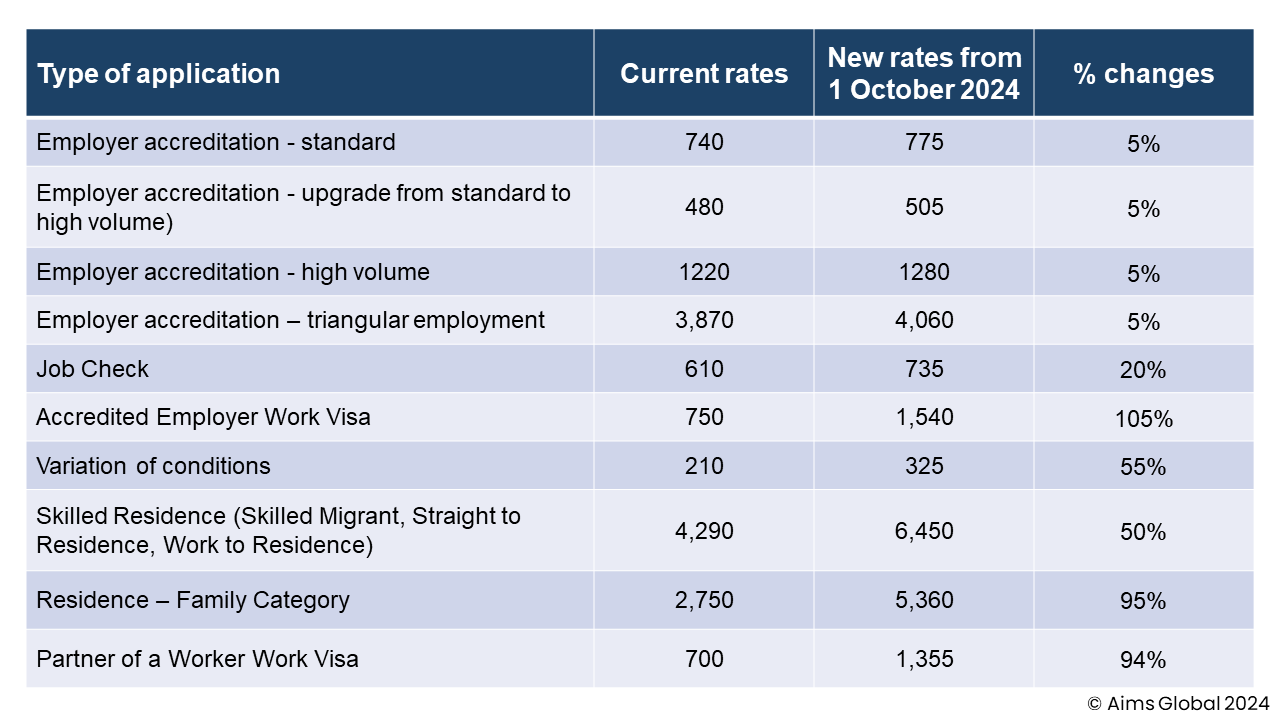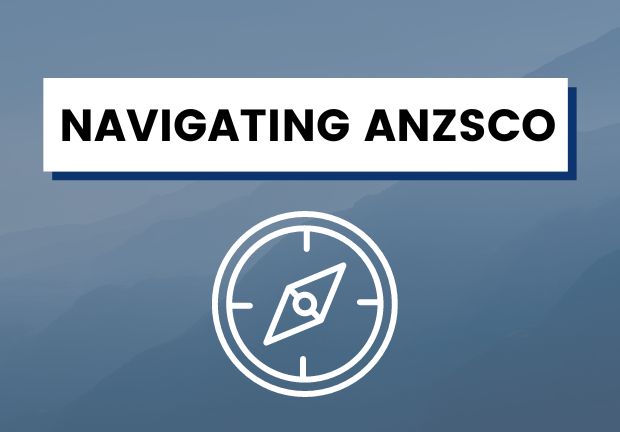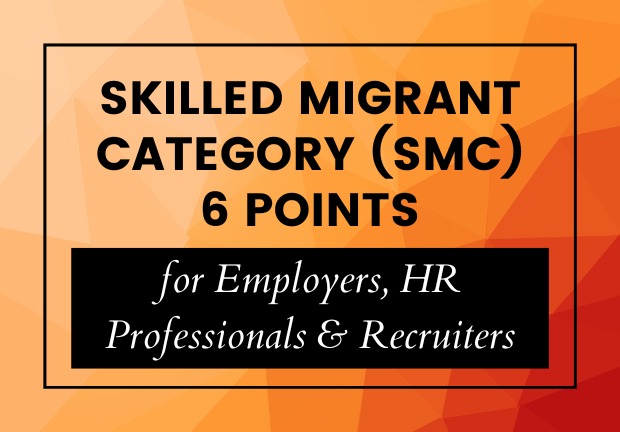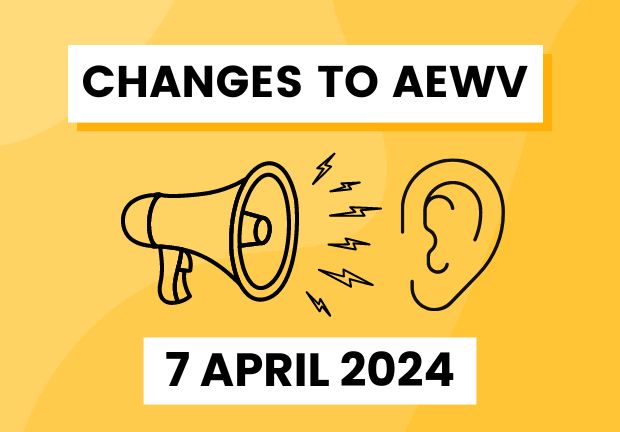Navigating the shifting landscape of Migrant Retention: What employers need to know
29 August 2024Since the Accredited Employer Work Visa (AEWV) scheme came into effect in July 2022, New Zealand has seen a steady influx of working migrants. As of August 2024, Immigration New Zealand (INZ) has approved 124,974 AEWV applications, with 84,676 AEWV holders currently residing in the country—a significant number by any measure.
However, the environment employers faced when the borders reopened in August 2022 was markedly different from today. Initially, INZ operated under a "low touch, high trust" model, which, while streamlined, led to unforeseen challenges. This approach saw a rise in boundary-pushing, increased instances of fraud, and a surge in migrant exploitation stories in the media. ANZSCO codes and Labour Market Tests were assessed with less scrutiny, resulting in hundreds of migrants working in roles that did not align with the ANZSCO codes selected in their applications.
In response, the Government introduced significant changes on 7 April 2024 to better regulate the quality and quantity of migrants arriving on AEWVs. These changes are largely dependent on the ANZSCO skill level of a role and include tighter advertising requirements.
Under these new regulations, ANZSCO skill levels have become the key measure dictating the visa duration and maximum continuous stay for migrants on AEWVs. Specifically, those in skill level 4 and 5 roles face reduced visa durations and maximum continuous stays, depending on when they first applied for their AEWV. Additionally, employers of workers at these skill levels now have to adhere to extended advertisement durations and must engage with Work and Income New Zealand (WINZ) before applying for a Job Check. Migrants applying for ANZSCO 4 and 5 roles also need to provide proof of English proficiency when they apply for their work visa. Read more here.
Upcoming Visa Fee Increases
Adding to these changes, the government has announced that Immigration visa fees will increase significantly in the coming months, with some categories seeing hikes of up to 105% of the original amount.
The fees for migrant visas are increasingly significantly more than the fee for employer products.

The Pendulum Swings: The Need for Retention Strategies
With these regulatory changes, the landscape has undeniably shifted. As an employer, after going through the effort of obtaining accreditation, completing job checks, and bringing migrants into New Zealand on AEWVs, the top-of-mind question should now be: How can you manage and retain your existing migrant staff?
Retaining your migrant workforce is crucial, especially given the investment you've made in their recruitment and training. But with the changes to the AEWV rules and the stringent residence category, it’s important to understand how long they can continue working for you and under what conditions.
Two Critical Factors to Focus On:
1. Retention Strategies
Your workforce may include migrants with work visas of varying durations—some with 3-year visas, others with 2-year or even 5-year visas. It’s essential to determine whether those with shorter visas are eligible for an extension under the ‘Maximum Continuous Stay’ requirement. If an extension is possible, you'll need to know whether the visa can be extended by reusing the Job Token or if a new Job Check needs to be completed first.
These decisions depend on several factors, including the ANZSCO skill level of the migrant’s job role and the timing of their previous AEWV application. For example, migrants in ANZSCO level 4 and 5 roles who applied for their AEWVs before 20 June 2023 are not eligible for a visa extension. Additionally, Job Tokens cannot be reused for these roles. However, those who applied between 20 June 2023 and 6 April 2024 can apply for a total of 5 years maximum continuous stay by reusing a previous Job Token, regardless of their ANZSCO code.
2. Eligibility for Residence
Consider a scenario where your business has two migrants working in the same role. Despite the identical role, one migrant might be eligible for residence under the Skilled Migrant Category (SMC), while the other may not. The difference could be due to the second worker lacking the necessary academic qualifications or professional registration required to gain the necessary points under the SMC. In this case, the migrant who qualifies under SMC has a pathway to residence and better long-term prospects in New Zealand.
The key takeaway is that your business should assess the retention of your migrant employees on a case-by-case basis, considering the following factors:
- The date of their visa application versus when it was granted,
- The ANZSCO code of their job role,
- Whether an extension on their work visa can be applied for, and
- Whether they are eligible for residence.
At Aims Global, we can guide your business in making informed decisions about migrant staffing. We offer project-based assessments where we review the pathways—whether for work visas or residence—for each of your migrant workers, providing you with the certainty and clarity on who you can retain and for how long.
Our team of licensed immigration advisers is here to help you navigate these policy changes and explore the best options for you and your workforce. Contact us for support!



